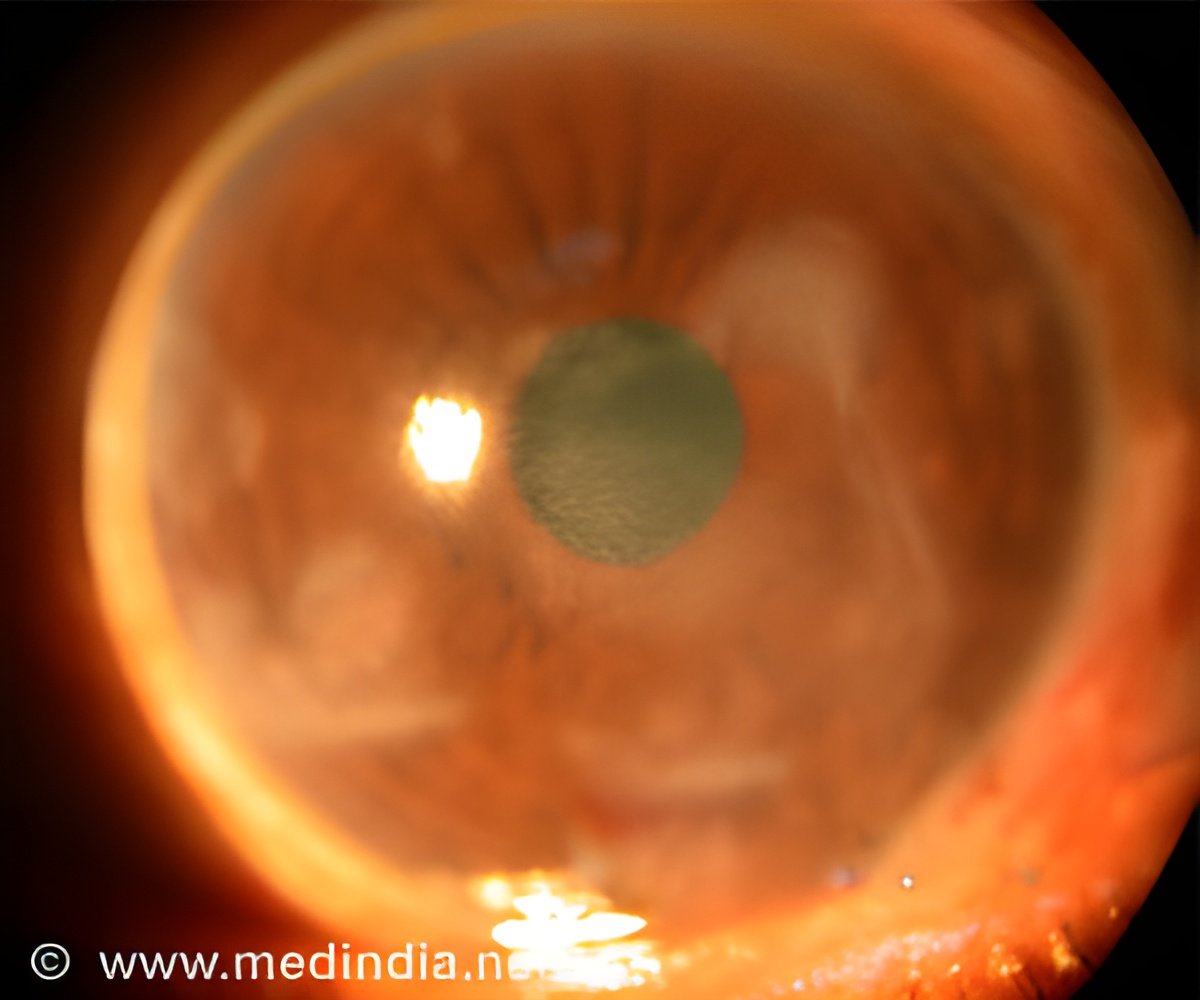
The latest research shows that the new layer, dubbed Dua's Layer after the academic ProfessorHarminder Dua who discovered it, makes an important contribution to the sieve-like meshwork, thetrabecular meshwork (TM), in the periphery of the cornea.
The TM is a wedge-shaped bandof tissue that extends along the circumference of the angle of the anterior chamber of the eye. It is made of beams of collagen wrapped in a basement membrane to which trabecular cells andendothelial cells attach. The beams branch out randomly to form a 'meshwork'.
Pressurewithin the eye is maintained by the balance of aqueous fluid production by eye tissue called theciliary body and drainage principally through the TM to the canal of Schlemm, a circular channelin the angle of the eye.
Defective drainage through the TM is an important cause ofglaucoma, a condition that leads to raised pressure in the eye that can permanently affectsight. Around 1 to 2% of the world's population yearly have chronic glaucoma and globally around45 million people have open angle glaucoma which can permanently damage the optic nerve — 10% ofwhom are blind.
The latest research by Professor Dua and colleagues in AcademicOphthalmology at The University of Nottingham sheds new light on the basic anatomy of Dua'sLayer, which is just 15 microns thick but incredibly tough. Comprised of thin plates ofcollagen, it sits at the back of the cornea between the corneal stroma and Descemet'smembrane.
Advertisement
It is hoped the discovery will offer new clues on why the drainage systemmalfunctions in the eyes of some people, leading to high pressure.
Advertisement
Source-Eurekalert














